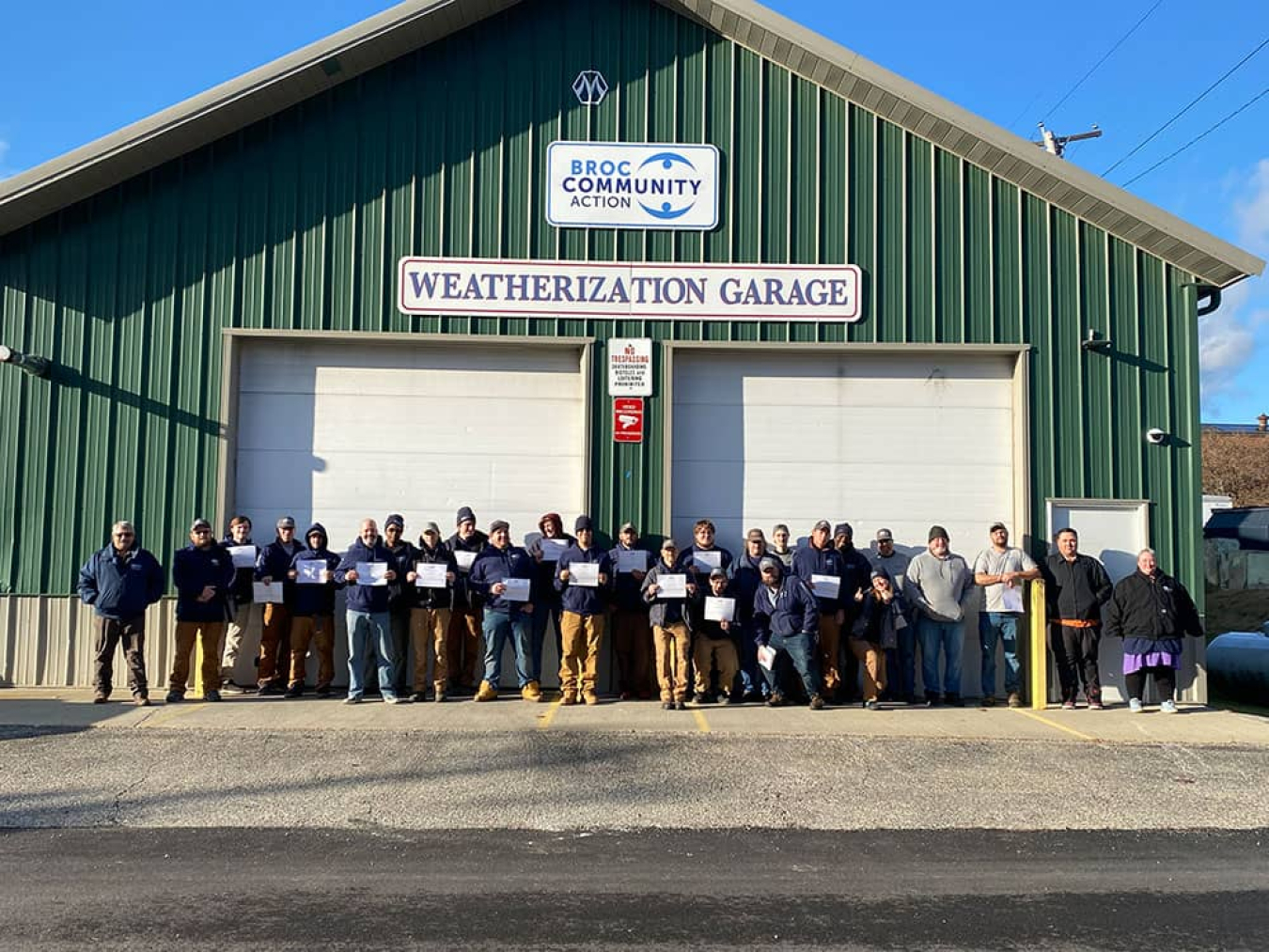The Vermont state Office of Economic Opportunity (OEO) investigated retention issues experienced by WAP agencies in the state. The research led to data that supported wage increases, boosted staff retention, and increased the number of homes weatherized.
Weatherization Assistance Program
November 1, 2023
About the Project
Building up and retaining a qualified workforce can be a challenge in the Weatherization Assistance Program (WAP). The Vermont state Office of Economic Opportunity (OEO) investigated retention issues experienced by WAP agencies in the state. The research led to data that supported wage increases, boosted staff retention, and increased the number of homes weatherized.
Challenge
Over the course of several years, Vermont’s weatherization program had been underspending their funds at all five of their local WAP agencies, resulting in fewer homes weatherized than budgeted for. At the same time, several local agencies were experiencing significant turnover, mostly in their field crews—one agency turned over their entire crew of 15 people in an 18-month period. The high turnover led to quality issues and higher costs, as newer staff were less experienced and required longer to train and install measures correctly.
Solution
OEO did research on the state’s prevailing wages and performed a wage survey of their local WAP agencies, using information about the agencies’ budgets with additional information related to experience level. OEO was able to use this data to create statewide minimum wages for WAP crew, crew chief, Energy Auditor, and Quality Control Inspector positions, which were $3–5 per hour higher than what many agencies had been paying new workers. At the same time, OEO began to braid U.S. Department of Energy funds with other state and federal funds to help cover these costs.
Positive Impact
The WAP minimum wage went into effect on July 1, 2022. Crew vacancies decreased from nearly 20% to about 7% statewide, and agencies saw the quality of candidates applying improve significantly. Individual agencies also have seen improvements in retention.
OEO found that the high cost of staff turnover (due to onboarding, training, and certification requirements) justified higher wages. Over time, Vermont’s WAP agencies are saving money and retaining valuable staff and crew.
This story was developed using content from a National Association for State Community Services Programs webinar, and by additional information shared by OEO. Watch the webinar on the National Association for State Community Services Programs StateComServices YouTube Channel.

